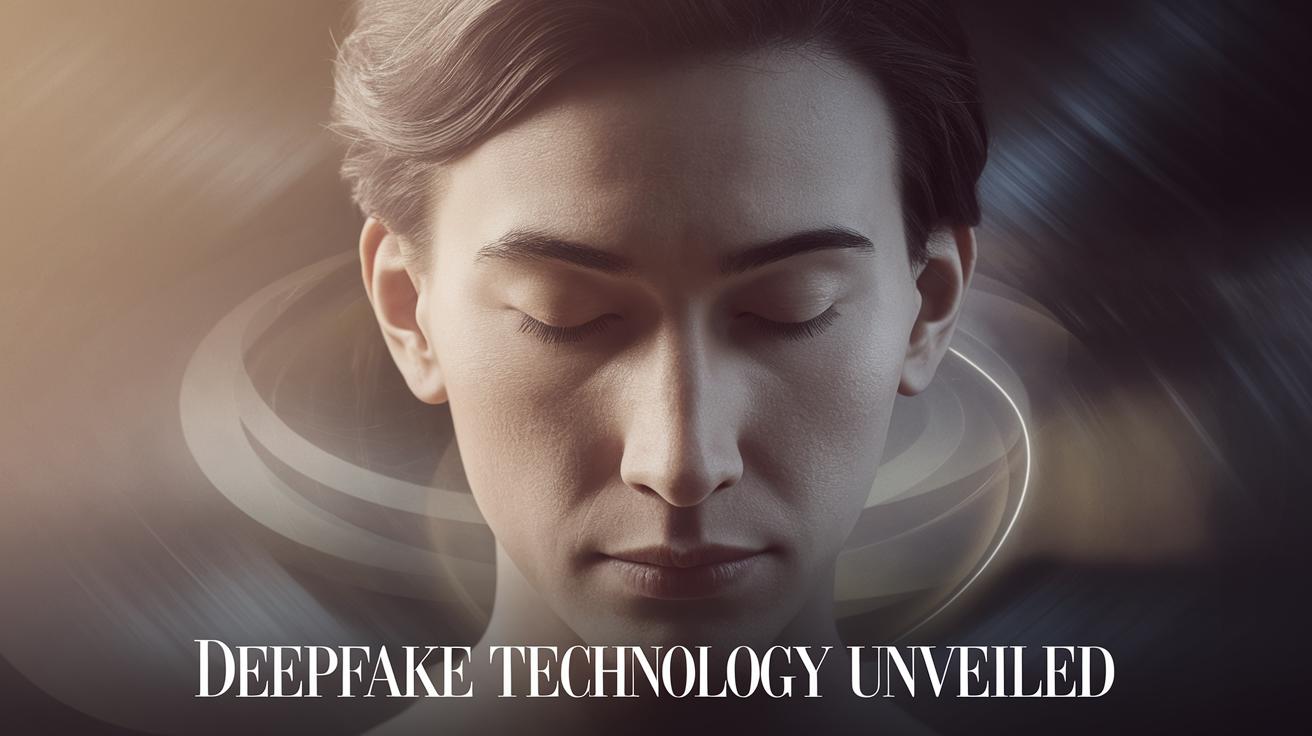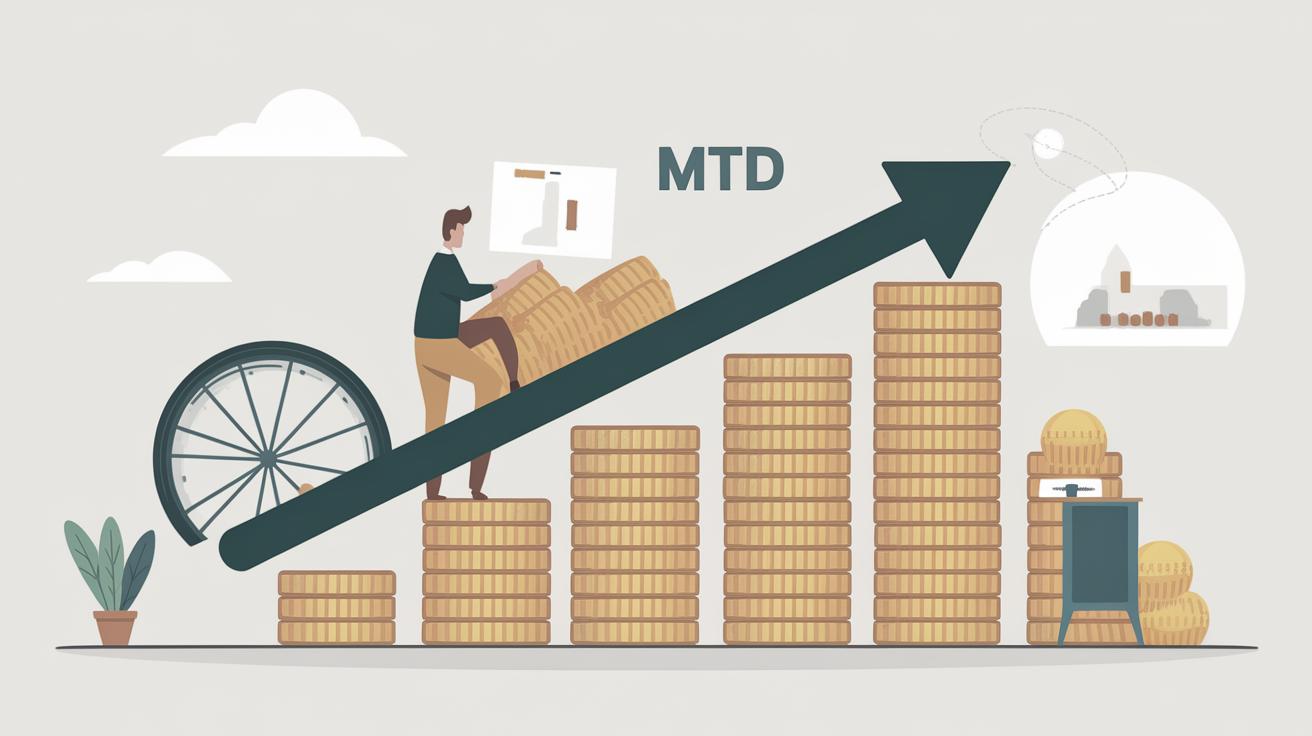Understanding Deepfakes: From Creation to Detection
Deepfake technology has rapidly evolved, creating both fascination and concern across various sectors. This blog post explores the journey of deepfakes from their inception to the current state of detection technologies. We will delve into how these digital manipulations are made, the growing complexities involved, and the ongoing battle between creators and those working to detect such content. Additionally, it discusses future implications for technology, ethics, and security. Through understanding the nuances of deepfake creation and detection, readers will gain insight into this transformative yet challenging frontier of technology.
The Evolution of Deepfake Technology
Deepfake technology emerged from advancements in artificial intelligence and machine learning, particularly leveraging generative adversarial networks (GANs). Initially, deepfakes garnered attention for their potential to create hyper-realistic fake videos and audio. Over the past decade, the technology has grown more sophisticated, enabling users to seamlessly transpose someone’s likeness onto another in a digital medium. This potent tool has raised discussions about its applications, from entertainment to misinformation.
The first deepfake videos became publicly notable in the late 2010s, often highlighting celebrities in fabricated scenarios. The accessibility of machine learning algorithms has allowed even amateur users to experiment with creating deepfakes, leading to an exponential increase in their production. Today, deepfake technology isn’t just confined to video; it has expanded to modify audio and static images, making the challenges of authentication and trust in digital content more pertinent than ever.
How to Make a Deepfake and How Hard It Is
The process of creating a deepfake begins with collecting significant amounts of visual data of the target whose likeness is to be manipulated. Using thousands of images and video frames allows the AI to accurately learn and replicate facial expressions, movements, and unique visual intricacies. Software tools like DeepFaceLab, FaceSwap, and others have streamlined this process, making it more accessible for those with a basic understanding of AI and video editing.
While technology has simplified certain aspects of deepfake creation, the process still requires a considerable level of technical expertise to produce high-quality results. Beyond the technical challenges, ethical concerns also abound, as using deepfake technology without consent can lead to privacy violations and potential legal repercussions. Mastery in not only crafting but also responsibly deploying deepfakes remains a sophisticated endeavor balanced between technological prowess and ethical responsibility.
State of Detection Technology: A Game of Cat and Mouse
As deepfakes become increasingly realistic, the imperative for effective detection technologies has never been greater. Researchers are continually developing algorithms capable of identifying artificial content by analyzing inconsistencies imperceptible to the human eye. Fluctuations in lighting, unnatural blinking patterns, and facial symmetry errors are some telltale signs detection technology looks for in identifying deepfakes.
However, the ongoing battle between deepfake creators and detectors resembles a game of cat and mouse. With every advancement in detection algorithms, creators innovate new methods to mask digital footprints and evade detection. This dynamic tension underscores the need for constant evolution in both the development of deepfake technology and its corresponding detection mechanisms. Collaboration between technology developers, policymakers, and industry leaders is crucial to establish standards and tools for robust detection and regulation.
Looking Ahead
The future of deepfake technology is a double-edged sword, offering possibilities for creative expression while posing risks to personal privacy and national security. As the technology becomes more ubiquitous, the need for digital literacy around deepfakes will be paramount. Educational initiatives can help inform the public on how to identify and respond to manipulated content, ensuring society remains vigilant against misuse.
Policymakers and tech companies will need to work collaboratively to forge a path that maximizes the benefits of deepfakes while minimizing their potential for harm. Striking this balance involves not only technical solutions but also fostering an ethical framework that prioritizes consent, publicity rights, and the authenticity of informational content. As we look ahead, the ongoing dialogue around deepfakes will shape the contours of digital trust and technological responsibility in our interconnected world.
Summary of Main Points
| Section | Main Points |
|---|---|
| The Evolution of Deepfake Technology | Origins in AI and machine learning; Development using GANs; Expansion from video to audio and image manipulation. |
| How to Make a Deepfake and How Hard It Is | Data collection and software use; Accessibility versus technical challenges; Importance of ethical considerations. |
| State of Detection Technology: A Game of Cat and Mouse | Emergence of detection algorithms; Continuous creator-detector battle; Necessity for collaboration and evolving standards. |
| Looking Ahead | Potential for beneficial and harmful uses; Need for public education on detection; Importance of cross-sector collaboration for ethical and legal frameworks. |


